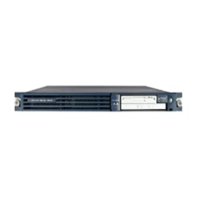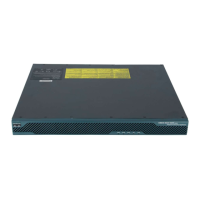Chapter 2 Preparing to Deploy Cisco IP Communicator
Deployment and Configuration Checklist
2-8
Cisco IP Communicator Administration Guide for Cisco CallManager
OL-4698-01
5. Set up directories, including
configuration files for the
Quick Search and Dialing
Rules features.
Recommended. Quick Search
can search both corporate and
personal directories; use
Dialing Rules to apply a
dialing plan. If you are
integrating with a
Cisco CallManager directory,
you can use the Directory
Wizard to set up configuration
files. First, run the
Administration Tool (see the
previous step).
• Running the
Cisco IP Communicator
Administration Tool,
page 2-14
• Configuring Corporate and
Personal Directories, page 5-5
• Cisco CallManager
Administration Guide
6. Add users to
Cisco CallManager.
Recommended. Associates
users with device IDs to enable
access to the User Options web
pages; includes users and their
phone numbers in relevant
Quick Search results (when
integrating with a
Cisco CallManager directory).
• Adding Users to
Cisco CallManager, page 5-17
• Cisco CallManager
Administration Guide
Deploying and configuring the Cisco IP Communicator application
1. Decide which of the
following methods you want
to use to deploy
Cisco IP Communicator:
• Place an installer package
on a shared location where
you or a user can run it
• Perform installation for an
entire enterprise by using a
software distribution tool
• Deploy directly on an
individual’s computer
Users must have
administrative privileges on
their PCs in order for you to
deploy software using the first
option.
If you use a Microsoft
Windows installer package,
you can provide command line
options to specify values
during deployment. See the
topic at right for details.
Deploying the Application,
page 3-2
Table 2-2 Pre-Deployment and Configuration Checklist (continued)
Task Notes For details, see...

